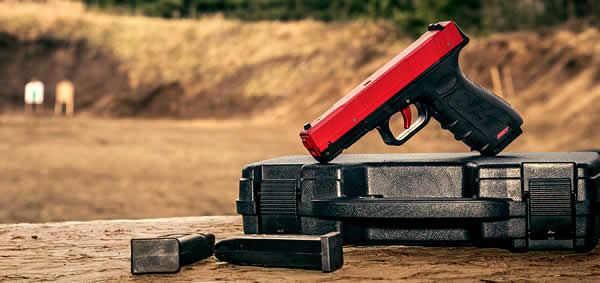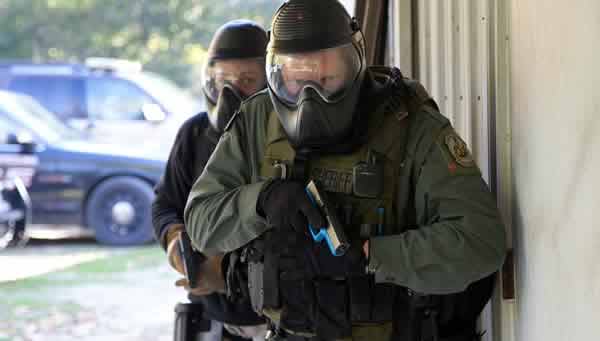
Training with Tactician Concepts’..
Top trainer’s four-day Self-Defense Course focuses on knives, Close-Quarters Shooting, Firing from Vehicles.
Story and Photos by Paul PawelaThe 1969 classic Western movie Butch Cassidy and the Sundance Kid is loosely based on real-life events,
and there is one powerful scene in the film that sums up Americans when it comes to self-defense and self-preservation. In the movie, one of the members of the outlaw Hole in the Wall gang, Harvey Logan – who was more lethal with a gun than the famed Sundance Kid – challenges the leader of the gang, Butch Cassidy, for his position. Logan, played by actor Ted Cassidy, a mountain of a man, asks Cassidy, played by actor Paul Newman, how they are going to fight to the death: with knives or guns?
Cassidy responds by saying, “I don’t want to shoot with you, Harvey.” To which Logan responds, “Anything you say, Butch,” as he proceeds to pull a huge Bowie knife from behind his back. Bowie knives, as well as neck and boot knives, were commonly carried as backup weapons for the Western cowboy – and still are, for that matter.
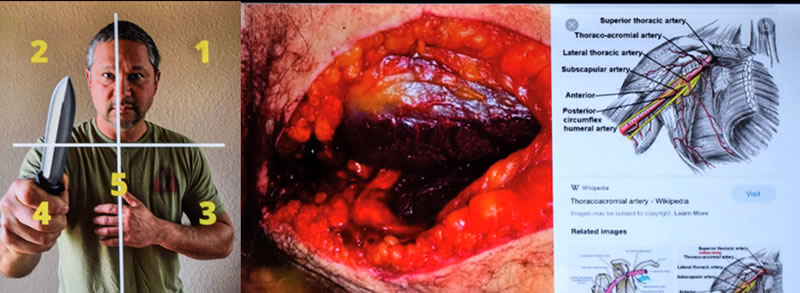
After a bit of back-and-forth banter between Logan, Cassidy and the Sundance Kid, played by Robert
Redford, Cassidy approaches his Bowie-armed nemesis, saying, “No, no, not yet. Not until me and Harvey get the rules straightened out.” A surprised Logan counters, “Rules? In a knife fight? No rules!” Cassidy immediately strikes Logan with a boot kick to the groin, sending the big man to his knees, and then replies, “Well, if there ain’t going to be any rules, let’s get the fight started. Someone count. One, two, three, go.” The Sundance Kid quickly says, “One, two, three, go,” at which time Cassidy uses both hands to knock out Logan, finishing the fight and regaining leadership of his gang. What’s the point, you may ask? The point is that Americans, when fighting in lethal encounters, have always relied on trickery, knives and guns, period. And the best way to be successful in a lethal encounter is to prepare, learning combat techniques and weaponry tactics from a trained professional.
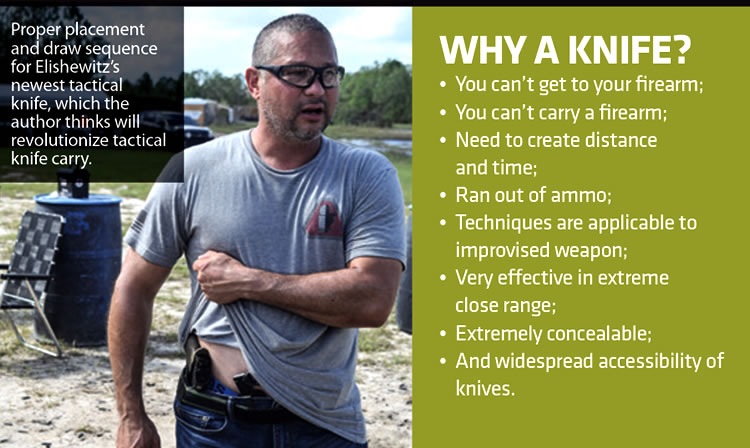
WHEN IT COMES to self-defense instructors, Allen Elishewitz is top-notch. I discussed Elishewitz’s company, Tactician Concepts (tacticianconcepts.com), his training principles, and his four-day self
defense course in the April issue, and this is part two of that article.
In part one, I discussed the importance of understanding life’s patterns, or common denominators, when it comes to self-defense. In looking at common denominators, a good self-defense instructor is devoid of ego. The better ones are rather humble, and they have a strong belief in God. It is not about whether you believe in God, but whether they do. This is important for a couple of reasons. First, believing in a higher power means they are obligated to be more truthful, more compassionate, more caring and more loving. They do not see students as potential dollar signs, but rather as future friends.
The other reason their belief in God is important is because it gives them incredible confidence when faced with danger, a calmness that is hard to explain. Everyone around them gravitates to them at signs of danger because they are true leaders.
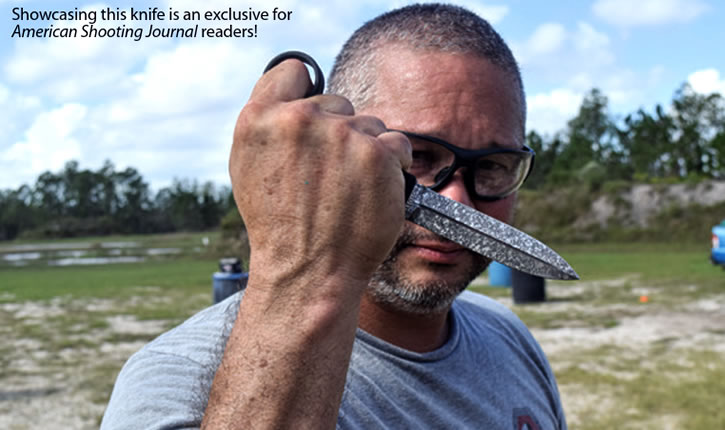

Knowing they have been tested and vetted, they are confident in their warfare skills; they know what works and what doesn’t in the arena of life and-death conflict because they are morally driven and they are bound to do everything lawfully. They also understand that the subject they are teaching must work for both the physically strong and less strong. In a lifetime of training with the who’s who of hall-of-fame instructors, I have only met a handful who meet the above criteria, and Elishewitz is one of those diamonds in the rough. Elishewitz demonstrates his desire to teach life-saving techniques with an ability to make his students comfortably understand the concepts he is teaching.

AS MENTIONED IN the first article, Elishewitz started the first two days of his four-day training course with the knife. The rationale is that the knife is readily available, easily carried and capable of delivering everything from a deterrent scratch to a lethal stab. In a deadly encounter, the knife is the next best thing to a firearm to have on your person. Elishewitz taught defensive and offensive techniques designed to cut or thrust. He went in-depth as to what constitutes a good self-defense knife, such as blade length, shape, strength and deployability. It cannot be emphasized enough the knowledge that Elishewitz has on this subject, as he is a master-class knifemaker and his knives are sought after by just about every special operations unit in the free world.

Throughout the knife class, students were taught proper stance, head and body position, and foot movement that also worked the next day during the tactical firearms portion of the class. Once again, safety was thoroughly discussed before any live-fire shooting began. When it comes to the topic of self-defense, the knife and gun are always emphasized, but we don’t often talk about who or what the threat truly is. The threat is not a cardboard, paper or steel target; no, it is a living, breathing human being who is likely a seasoned repeat offender. Usually, these offenders are committing crimes with one or more
partners. They are sometimes highly skilled and proficient with firearms and sometimes very hard to kill.

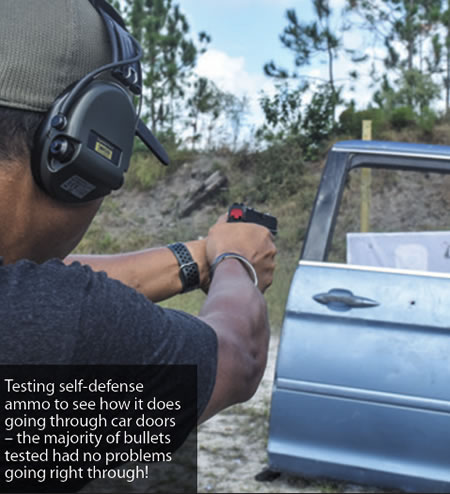
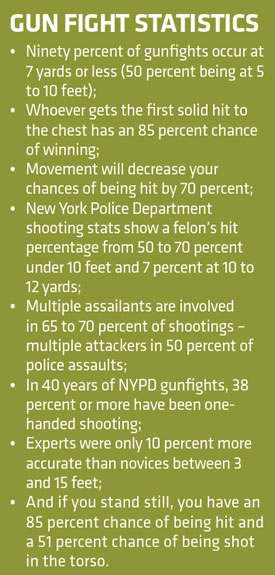
The course consisted of a full day of intense firearms training in every conceivable form, including close-quarter shooting, man-on man competition and precision marksmanship competition, with all events being pushed to the limits. At the end of the day was a full debrief on what went on and why, and every participant’s confidence was much higher than when they started.
The final day covered shooting in and out of vehicles. While this type of training is usually done by trained bodyguards, Elishewitz conducted his course with a much more personal touch. He spent time showing students how to properly slip the seatbelt out of position to bring the firearm into play inside the vehicle. He also demonstrated the proper way of getting out of the seatbelt to get into a fight outside the car. Why was so much time devoted to the vehicle? Most people might think that the home is the number one location where one might engage criminals, but in fact it is a vehicle.
Here are some reminders: Emmett Dalton of the famed Dalton Gang was shot 23 times and lived. Cole Younger of the James-Younger Gang was shot 11 times and lived. And during the infamous 1986 FBI Miami shootout, William Matix was shot six times before dying and his partner Michael Platt was shot 12 times before dying (note: kill shots were head shots). Both were highly proficient with firearms and shot around 2,000 rounds a week. Elishewitz fully understands that his students are training to defend themselves against hardened criminals and makes no bones about it when putting his students through realistic, high-pressure drills during firearms training.
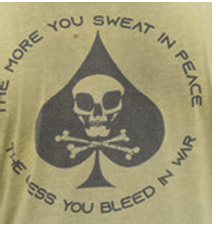
ELISHEWITZ UNDERSTANDS THAT a civilian man/woman is still the universal common denominator in the judicious use of deadly force to preserve the individual, close relatives and innocents. People will always be called on to face dangers, whether armed robbery in the home, a carjacking or an active shooter. The real pattern to this is being willing. Elishewitz’s motto that he lives and dies by is, “The more you sweat in training, the less you bleed in battle.” In all areas of self-defense, Allen Elishewitz and Tactician Concepts are hard to beat, and that’s my two cents.
Editor’s note: Author Paul Pawela is a nationally recognized firearms and self-defense expert. For his realistic self defense training, see assaultcountertactics.com.


